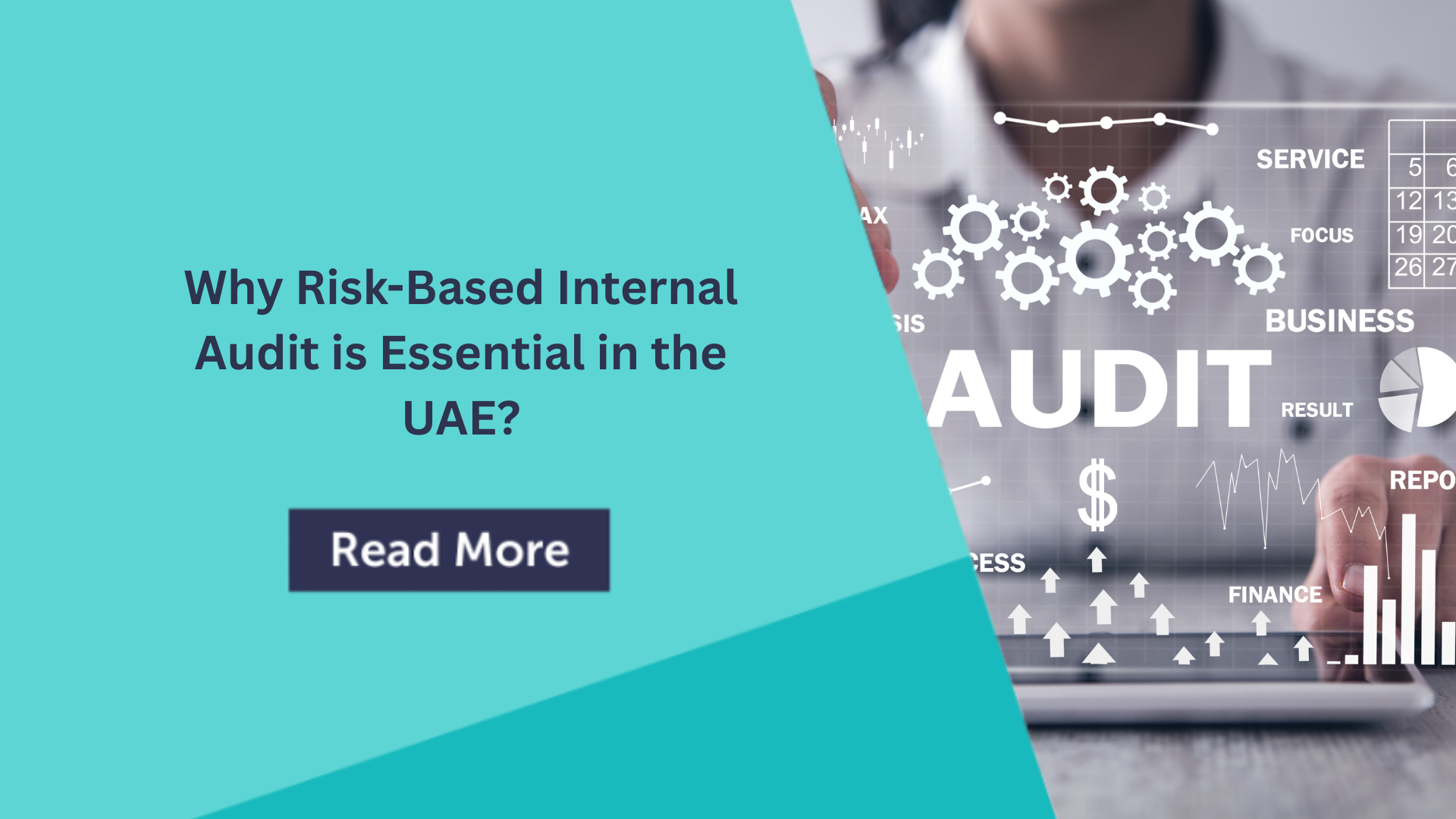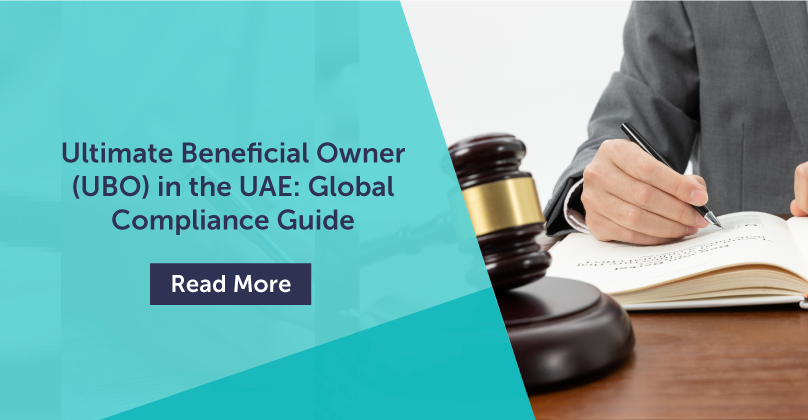
- Nov 12,2025
- Internal Audit
ICFR: Building Financial Integrity and Business Confidence
Transparency, accountability, and trust ensure corporate success. That’s why Internal Controls over Financial Reporting (ICFR) has become a basis of effective governance.
Across the globe, and increasingly within the United Arab Emirates (UAE), regulators, investors, and boards of directors are demanding stronger assurance that financial statements are accurate, reliable, and compliant.
ICFR is not merely a compliance exercise; it is a strategic mechanism for safeguarding financial integrity, preventing fraud, and reinforcing investor confidence.
At CLA Emirates, we help organizations design, implement, and test ICFR frameworks aligned with COSO, SOX, and International best practices, tailored to the UAE’s regulatory and business environment.
What is ICFR?
Internal Controls over Financial Reporting (ICFR) refers to the system of policies, procedures, and control mechanisms implemented by management to ensure that financial statements are free from material misstatement and reflect a true and fair view of the company’s financial position.
It includes both manual and automated controls. When effectively designed and executed, ICFR ensures that every figure presented to stakeholders is supported by sound internal processes and verifiable audit trails.
Why is ICFR Important?
1. Accuracy and Transparency
ICFR builds trust by ensuring that financial statements are reliable and free from material misstatements caused by error or fraud.
2. Regulatory Compliance
UAE regulators, including the Securities and Commodities Authority (SCA), Central Bank, and Ministry of Economy, increasingly emphasize strong control and governance mechanisms, in line with global standards such as SOX (Sarbanes-Oxley Act) and COSO.
3. Fraud Prevention and Risk Management
Effective internal controls minimize opportunities for manipulation, unauthorized transactions, and financial misconduct, promoting ethical business culture and accountability.
4. Investor and Stakeholder Confidence
A well-implemented ICFR framework enhances credibility and investor trust, particularly for listed companies, joint ventures, and multinational subsidiaries.
5. Operational Efficiency
Beyond compliance, ICFR drives process standardization, improves financial closing cycles, and strengthens management decision-making.
ICFR vs SOX Compliance
While ICFR refers broadly to the control framework around financial reporting, SOX (Sarbanes-Oxley Act Section 404) is a U.S.-specific regulation requiring management and auditors to assess and report on ICFR effectiveness formally.
In the UAE, many multinational subsidiaries and publicly listed entities adopt SOX-aligned ICFR frameworks to enhance transparency, attract investors, and meet parent company requirements.
Global Frameworks Supporting ICFR
Organizations typically use one or more of the following frameworks when designing ICFR:
- COSO (Committee of Sponsoring Organizations) – The most widely adopted framework, focusing on five key components: Control Environment, Risk Assessment, Control Activities, Information & Communication, and Monitoring.
- COBIT (Control Objectives for Information and Related Technology) – For IT control governance and system-related risk management.
- ISO 31000 and ISO 27001 – Covering enterprise risk management and information security, respectively.
- IFRS, ISAs, and SOC frameworks – Supporting consistent and transparent reporting aligned with international standards.
ICFR Implementation in the UAE
As the UAE continues to enhance its corporate governance environment, regulators have intensified their focus on robust internal control systems. ICFR is gaining traction across:
- Banking and Financial Institutions – Aligning with Basel III and Central Bank directives for risk and operational control.
- Listed Companies and Public Interest Entities – Following SCA and DFSA/ADGM corporate governance codes.
- Family Businesses and Private Groups – Strengthening internal control maturity in preparation for IPOs and investor partnerships.
- Multinational Subsidiaries – Ensuring compliance with SOX and global ICFR reporting obligations.
SCA Circular on Strengthening Internal Controls and ICFR
In January 2024, the UAE Securities and Commodities Authority (SCA) issued an amendment to Article (14) of the Corporate Governance Guide, reinforcing the board of directors’ responsibility to establish and maintain effective internal control and risk management frameworks.
This amendment aims to:
- Uplift corporate governance standards in the UAE
- Align with international best practices
- Promote a culture of proactive risk ownership, accountability, and transparency
The circular highlights that the board of directors must supervise the control framework’s design, execution, and monitoring while ensuring:
- Accuracy of internal and external reporting
- Transparent engagement with external auditors for independent assessments
- Clear accountability for internal control performance
Two-Phase Implementation Framework:
Phase 01 – Financial Year 2024: Self-Assessment and Initial Auditor Review
- Companies must perform a comprehensive self-assessment of internal controls and risk management frameworks, including ICFR.
- Identified gaps must be remediated before the external audit review.
- External auditors will provide an opinion on ICFR effectiveness and issue a separate non-disclosed review report during this stage.
Phase 02 – Financial Year 2025: Full Auditor Opinion and Disclosure
- External auditors will issue a publicly disclosed opinion on the effectiveness of the organization’s internal controls and risk management systems, including ICFR.
- This phase introduces mandatory disclosure to enhance transparency and investor confidence.
Implications for the UAE Companies
This regulatory milestone marks a paradigm shift in corporate accountability and audit readiness across UAE entities.
Companies must now:
- Establish formal governance structures for control and oversight
- Strengthen documentation and testing of ICFR processes
- Conduct periodic risk assessments and update control matrices accordingly
- Ensure coordination between internal audit, compliance, and external audit functions
At CLA Emirates, we help clients navigate this transition by performing ICFR readiness assessments, facilitating board-level workshops, and ensuring alignment with COSO, SOX, and ISO standards to achieve full regulatory compliance and operational maturity.
The ICFR Lifecycle: From Design to Reporting
1. Scoping and Planning
Defining in-scope accounts, entities, and processes that could materially impact financial statements.
2. Risk Assessment and Control Mapping
Linking key financial reporting risks with corresponding control activities through detailed Risk and Control Matrices (RCM).
3. Design Effectiveness Evaluation
Assessing whether the control design appropriately mitigates identified risks.
4. Testing of Operating Effectiveness (TOE)
Performing control testing using sampling, inquiry, observation, and re-performance techniques.
5. Deficiency Assessment
Classifying deficiencies as Deficiency, Significant Deficiency, or Material Weakness and recommending corrective actions.
6. Reporting and Certification
Issuing management and auditor reports on ICFR effectiveness, as required under local and international standards.
Common ICFR Weaknesses Identified:
- Incomplete process documentation or outdated RCMs
- Weak IT general controls and user access management
- Lack of segregation of duties and review of evidence
- Manual spreadsheets without validation
- Delayed reconciliations and inconsistent journal reviews
Addressing these weaknesses enhances control reliability and audit readiness.
Technology and ICFR:
As business processes become increasingly digital, IT controls are now the backbone of ICFR.
Emerging solutions include:
- GRC platforms (SAP GRC, Oracle Cloud Risk, Workiva)
- RPA and AI-driven testing for faster validation
- Data analytics and continuous monitoring for real-time assurance
CLA Emirates integrates technology and analytics into every stage of ICFR assessment, helping clients automate testing, enhance visibility, and reduce compliance costs.
The CLA Emirates Approach
Our ICFR methodology combines global standards with local market experience, focusing on sustainability and value creation:
- Initial Scoping and Workshops
- Process Documentation and Control Mapping
- Design and Operating Effectiveness Testing
- Gap Remediation and Root Cause Analysis
- Continuous Monitoring and Management Reporting
- Training and Knowledge Transfer for long-term independence
We serve industries including banking, real estate, manufacturing, oil & gas, construction, retail, healthcare, logistics, and IT.
Conclusion
As the UAE strengthens its corporate governance ecosystem, the importance of robust internal controls cannot be overstated.
Internal Controls over Financial Reporting (ICFR) is not merely a compliance requirement; it is a strategic tool for improving financial accuracy, operational discipline, and investor confidence.
At CLA Emirates, our specialists deliver end-to-end ICFR consulting, from framework design to testing and readiness for SCA-mandated external auditor reviews. We help you build a sustainable control environment that aligns with international standards, enhances transparency, and supports your organization’s growth. Contact CLA Emirates to learn how we can strengthen your financial control framework and prepare your business for tomorrow’s governance expectations.



